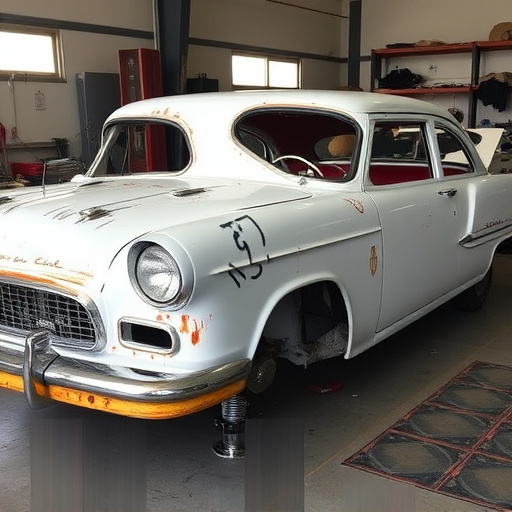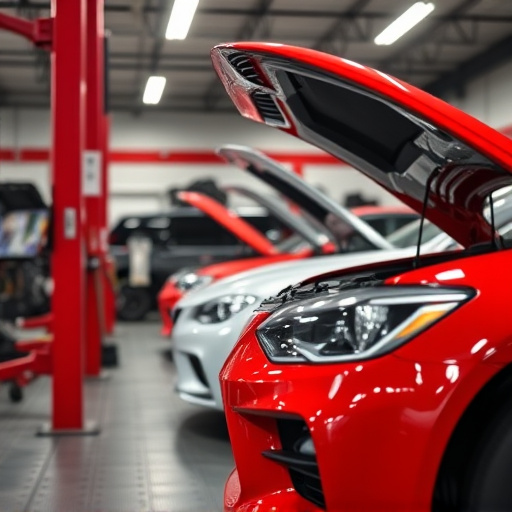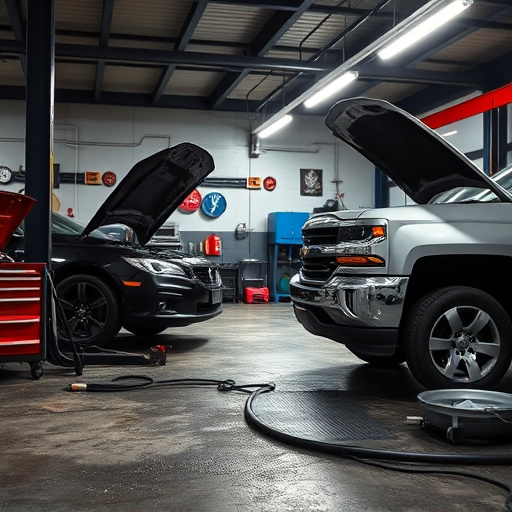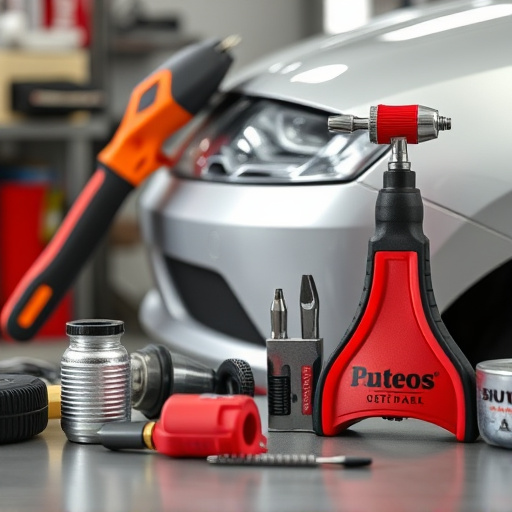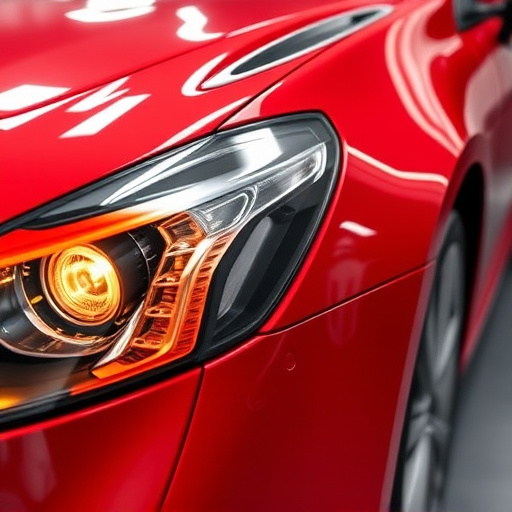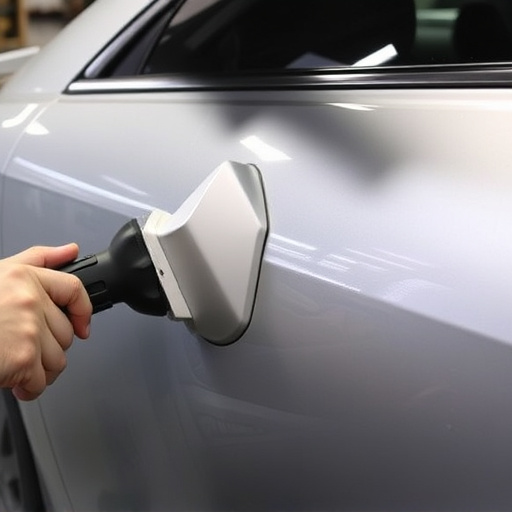Paintless Dent Repair (PDR) is a revolutionary, eco-friendly auto body repair method that saves time and money compared to traditional techniques. By non-invasively restoring vehicles to their pre-accident condition, PDR offers significant advantages for both consumers and auto body shops. It preserves original factory finishes, reduces vehicle downtime, increases productivity, and streamlines repair processes, making it an attractive option for efficient, cost-effective automotive aesthetics and safety.
Discover the transformative power of Pre-Damage Repair (PDR) and how it revolutionizes vehicle repair. This article guides you through unlocking PDR’s potential, offering a comprehensive overview for all stakeholders. First, we demystify PDR, highlighting its benefits for both consumers and auto body shops. Next, learn effective communication strategies to convey PDR advantages, tailoring your message for maximum impact. Finally, we provide a step-by-step guide to implementing PDR, empowering you to embrace this innovative repair process.
- Understanding PDR Advantages: The Basics
- – Definition and significance of PDR (Pre-Damage Repair)
- – Key benefits for both consumers and auto body shops
Understanding PDR Advantages: The Basics

PDR, or Paintless Dent Repair, is a revolutionary auto body service that offers numerous advantages over traditional dent repair methods. It’s a specialized technique used to remove dents and dings from vehicle surfaces without the need for sanding, painting, or replacing parts. This non-invasive approach not only saves time but also significantly reduces costs associated with conventional auto maintenance.
By employing PDR techniques, professionals can efficiently address various damage types, including minor fender benders, door dings, and even bumper scratches. The process involves using specialized tools to gently press the dent back into place, restoring the vehicle’s original shape and appearance. This eco-friendly method also minimizes waste, as it avoids the generation of hazardous materials typically produced in traditional painting processes. Moreover, PDR advantages extend beyond aesthetics; it’s a quick fix that keeps your vehicle on the road with minimal disruption to your schedule, making it an increasingly popular choice for those seeking efficient and cost-effective auto body services.
– Definition and significance of PDR (Pre-Damage Repair)

Pre-Damage Repair (PDR) is a revolutionary process that offers significant advantages in the realm of automotive aesthetics and safety. It’s a non-invasive technique aimed at restoring vehicles to their pre-accident condition, focusing on both structural integrity and cosmetic perfection. By implementing PDR, auto collision repair shops can avoid extensive and costly traditional fender repair methods, such as welding or replacing entire panels.
This approach is especially valuable for minor dents, dings, and scratches, commonly incurred during everyday driving experiences. PDR techniques, including paintless dent repair (PDR) and plastic repair, ensure a seamless fix, maintaining the vehicle’s original finish and structural integrity. Thus, it not only conserves resources but also preserves the car’s value, making it an attractive option for car owners seeking efficient and cost-effective solutions for their auto collision repair needs, including car dent repair and fender repair.
– Key benefits for both consumers and auto body shops

For consumers, PDR (Paintless Dent Repair) offers a cost-effective and efficient solution for auto repairs. By eliminating the need for traditional paint jobs, which can be more expensive and time-consuming, PDR allows drivers to save money on both labor costs and materials. This non-invasive technique also preserves the original factory finish, ensuring that vehicles maintain their resale value and aesthetic appeal. Moreover, it is quicker than conventional collision repair methods, reducing downtime for car owners.
Auto body shops benefit from PDR as well, experiencing several advantages. It streamlines the repair process, enabling technicians to complete more jobs in less time while still maintaining high-quality work. This efficiency translates into increased productivity and potentially higher profits for the shop. Additionally, PDR specialists often require less space and equipment than traditional auto body work, making it a practical choice for collision repair centers looking to optimize their operations.
In conclusion, PDR advantages offer a compelling solution for both consumers and auto body shops. By understanding and communicating these benefits, businesses can enhance customer satisfaction while streamlining repair processes. Emphasizing the cost-effectiveness, time-saving aspects, and reduced environmental impact of PDR can set your business apart in a competitive market. This simple yet powerful approach to communication can revolutionize the way customers perceive and value auto repair services.

